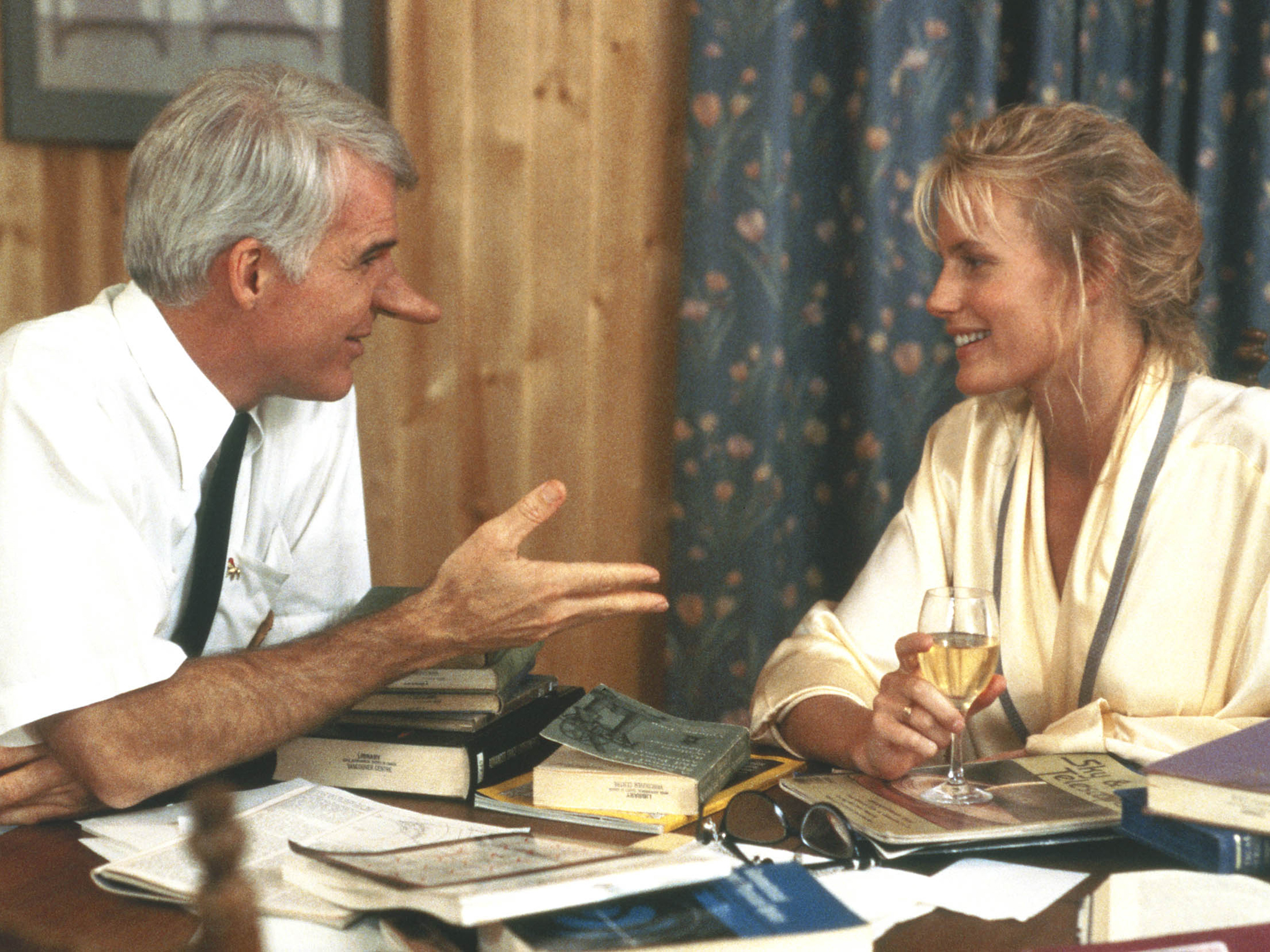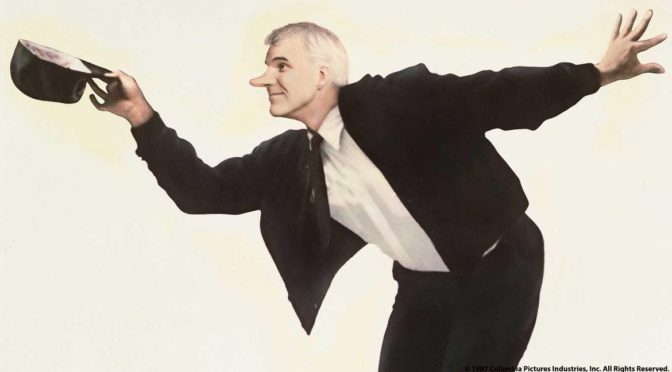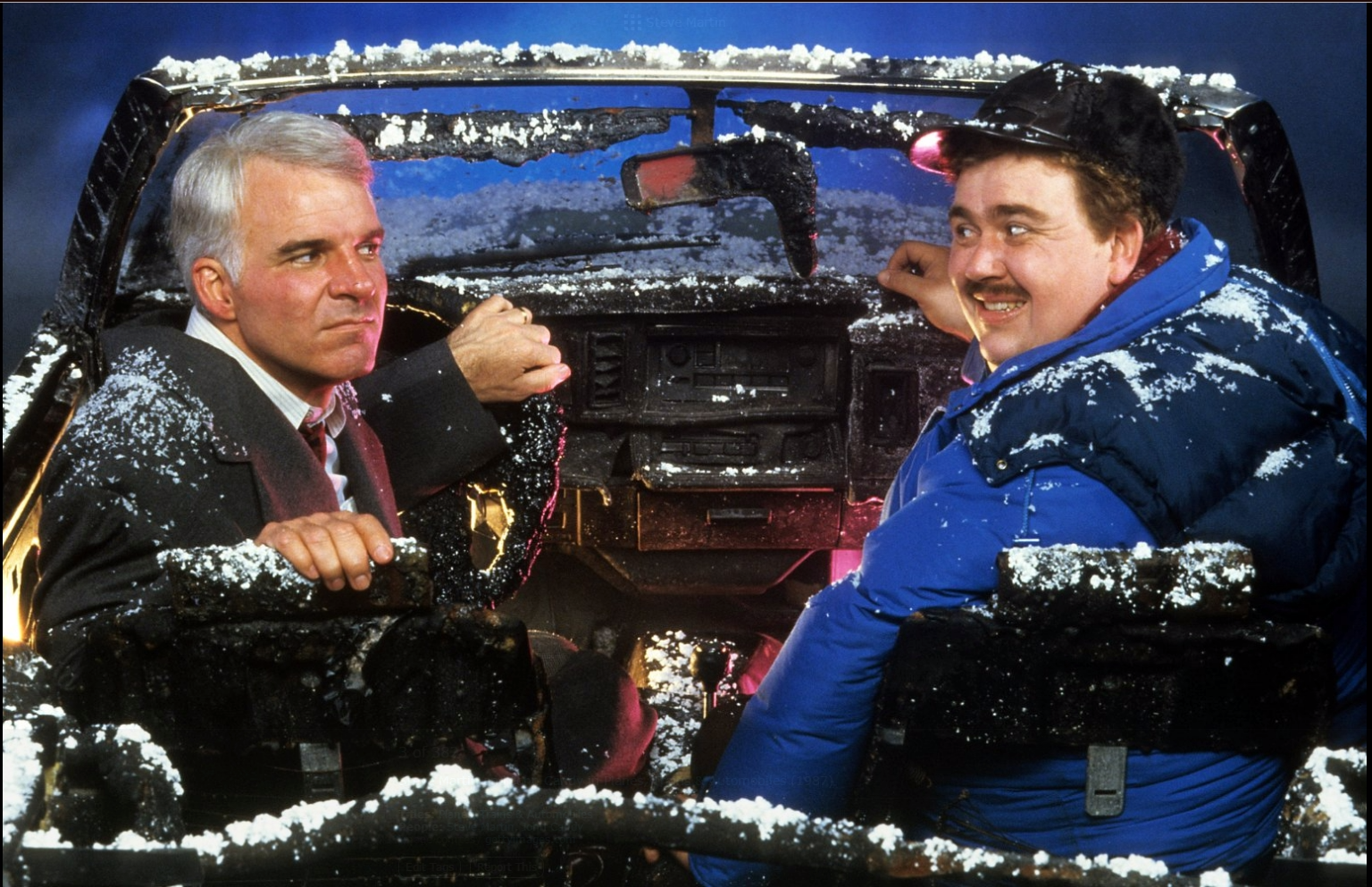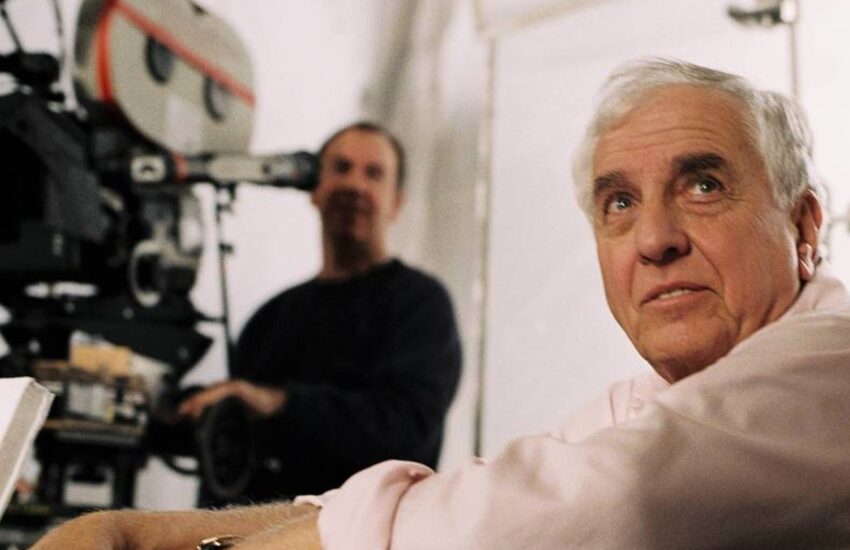Over the years Steve Martin has written a lot of material, especially knowing how much time he’s spent as a leading actor, comedian and musician. He technically started writing comedy right out of college by writing for the Smothers Brothers Comedy Hour, where he won an Emmy. He would go on to several TV Shows after that and also on a very successful run as a stand-up comedian, writing his own material. He released several comedy albums and wrote several songs including a hit song, “King Tut” where he won 2 Grammys, then after his movie career would write and perform several “serious” musical albums where he won a few more Grammys.
Now at this point, as everyone knows, he would go on to an enormous movie career and wrote a lot of his movies, especially at the beginning with The Jerk, Dead Men Don’t Wear Plaid, The Man With Two Brains, 3 Amigos, LA Story, A Simple Twist of Fate, Bowfinger, Shopgirl, and the Pink Panther movies. I thought he deserved an Academy Award in there somewhere as a writer or at the very least as an actor. Martin would later write numerous books and plays and although some of those were quite brilliant, it’s here I’d like to mention my favorite of all he’s written…Roxanne (1987).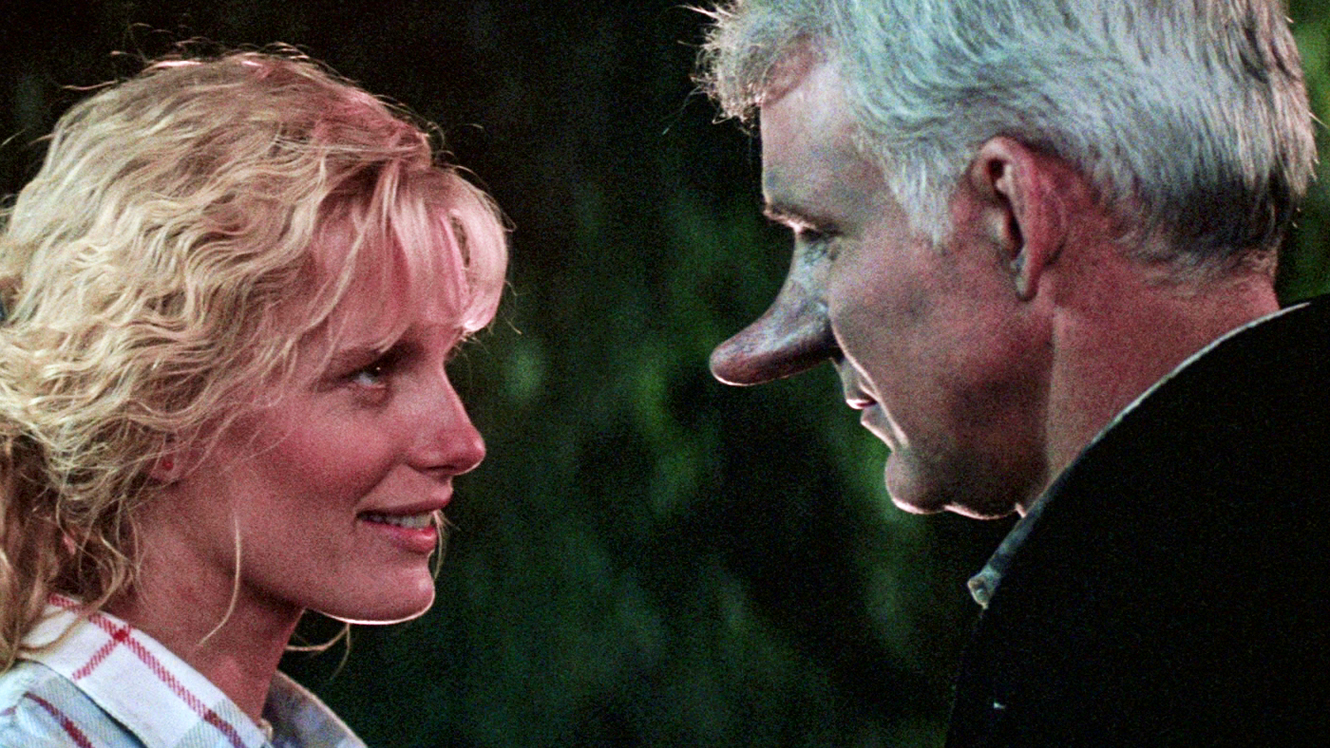
Now for those of you who’ve never seen it…stop reading this and go out and buy it on DVD or digital, or whatever you do to get your movies and watch it…you won’t regret it. It’s wonderful. It’s based on the play “Cyrano de Bergerac” by Edmund Rostand, where large nosed C.D. Bales falls for the beautiful Roxanne while she falls for his personality but another man’s looks. Sounds confusing, but it’s delightful and hilarious. Steve Martin was a driving creative force behind ‘Roxanne’, as both writer and star of the comedy. Martin’s inventive comic mind was turned loose as he undertook the considerable challenge of creating a 1980s comedic hero based on the witty work of playwright Edmond Rostand. Martin remembered: “I was about twelve years old when I first saw the play ‘Cyrano de Bergerac’ and I found it to be very compelling. I kept thinking about it; the story and structure are flawless; the play is moving, beautiful and funny. About four years ago, I started thinking that it also has everything you could want in a movie romance, high comedy and a great story. It seemed a perfect vehicle for me to update. But the play is very, very 11th Century, especially in the joke department. And there are lots of swords, lights, and monasteries, you know, things that don’t really function much in our lives anymore”. So Martin adapted the classic, retaining the triangle dilemma, but moving the story to a modern-day trendy ski resort town, within the backdrop of a volunteer fire department. The town’s handsome, inarticulate swordsman becomes a tongue-tied firefighter in ‘Roxanne’. The source original Cyrano de Bergerac’s brave militant regiment has become his inept volunteer fire brigade. C.D. [Bales] fights fires and not battles and rescues treed cats and not ladies’ honor. Steve Martin noted: “But the story is still there, the classic story of how this beautiful woman comes to understand whom she really loves”.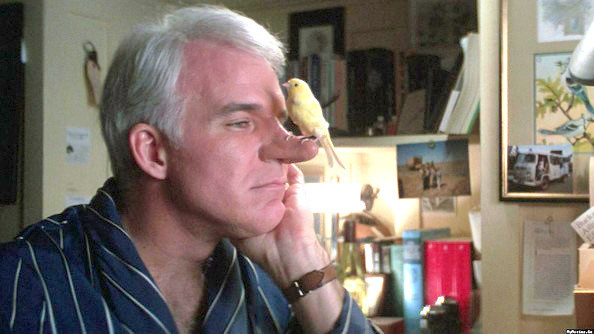
When Bales is challenged to tell 20 nose jokes, after he tells 19, he asks “How many’s that?” to which he is told, “Fourteen!” He goes on to tell another six, making 25 in total. My brother and I would count these out as he did them, when we were watching in the theater. I think he did this because he wrote too many good nose jokes and didn’t know where to cut them off…I think it works, because it’s a great sequence in the film. Now, I’d also like to mention that this was the first time as an actor that Steve Martin was genuinely starting to be viewed as an actor and not as a stand-up comedian, who acts. In a radio interview, Steve Martin said about his role in Roxanne that it was the first time he felt respected in a film role as opposed to being recognized for his celebrity as a one-time stand-up comedian.
Technology lent an important hand in providing Steve Martin with the imposing, legendary proboscis designed by makeup designer Michael Westmore. A specialty lab made plaster impression of Martin’s own nose was sculpted into a genetically appropriate, larger version. This was then cast into a mold from which they made a supply of foam-rubber noses, at least one a day was used for filming, which were applied with spirit gum, edges feathered with rubber, and blended with Martin’s other facial make-up. Make-up artist Frank Griffin for Steve Martin said: “This was, in some ways, one of the most difficult ‘jobs’ I’ve ever done because we had to match the skin color, with very little surrounding make-up to blend into. If it just ended abruptly, it would stick out like a sore thumb”.